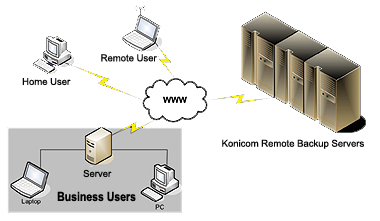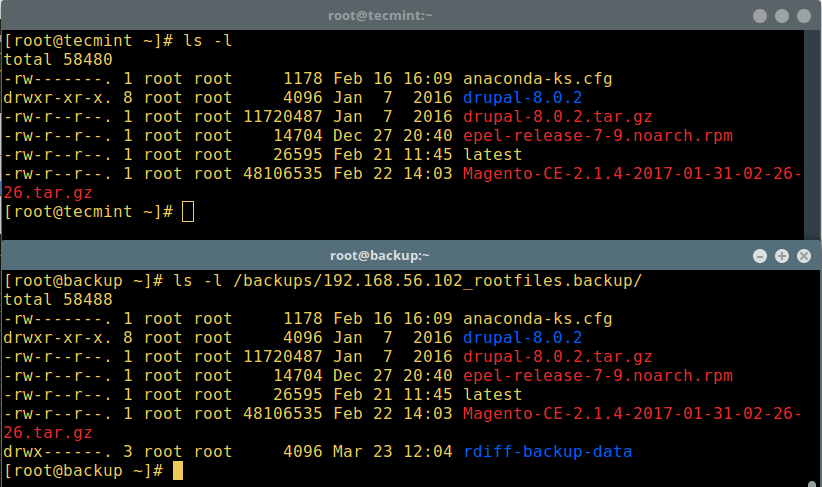
To build your own server, you need just a few components, some or all of which you may well have already: This isn't the place to go into detail, but you can learn more by Googling "Cloud Computing." What you'll need There are many cloud computing companies, ranging from Amazon Web Services which requires that you learn their command line interface to initiate a new server, to ENKI which offers personal support for getting you up and running. "Cloud Computing," or renting just as much of a server as you need on an hourly or monthly basis, is becoming quite popular for web companies or growing businesses, but the rates are inexpensive enough that you should consider it as an alternative to a home server. This saves nyou the worry and hassle of keeping it running or dealing with interruptions to your home's power, cable or DSL service. If your aim is serving web pages reliably or otherwise delivering information outside your home to friends or customers, it makes more sense to put the server into "The Cloud" - in other words, in a commercial data center. But, depending on what you want to use it for and how good your connection to the Internet is, a home server may not be the best alternative. Setting up a home server can be a lot of fun and a great learning experience.

Introduction Before You Start - Alternatives But here are some guidelines for the hardware side of it.


You could use it to run a website (I use a home server to power my world travel website, ), collect and send e-mail messages, store your OpenID credentials or serve your music around the home.Īs you can guess, we have a great many tutorials on Webmonkey for getting the most out of that machine in your closet. Setting up a home server running an open-source operating system is a popular and useful activity.


 0 kommentar(er)
0 kommentar(er)
